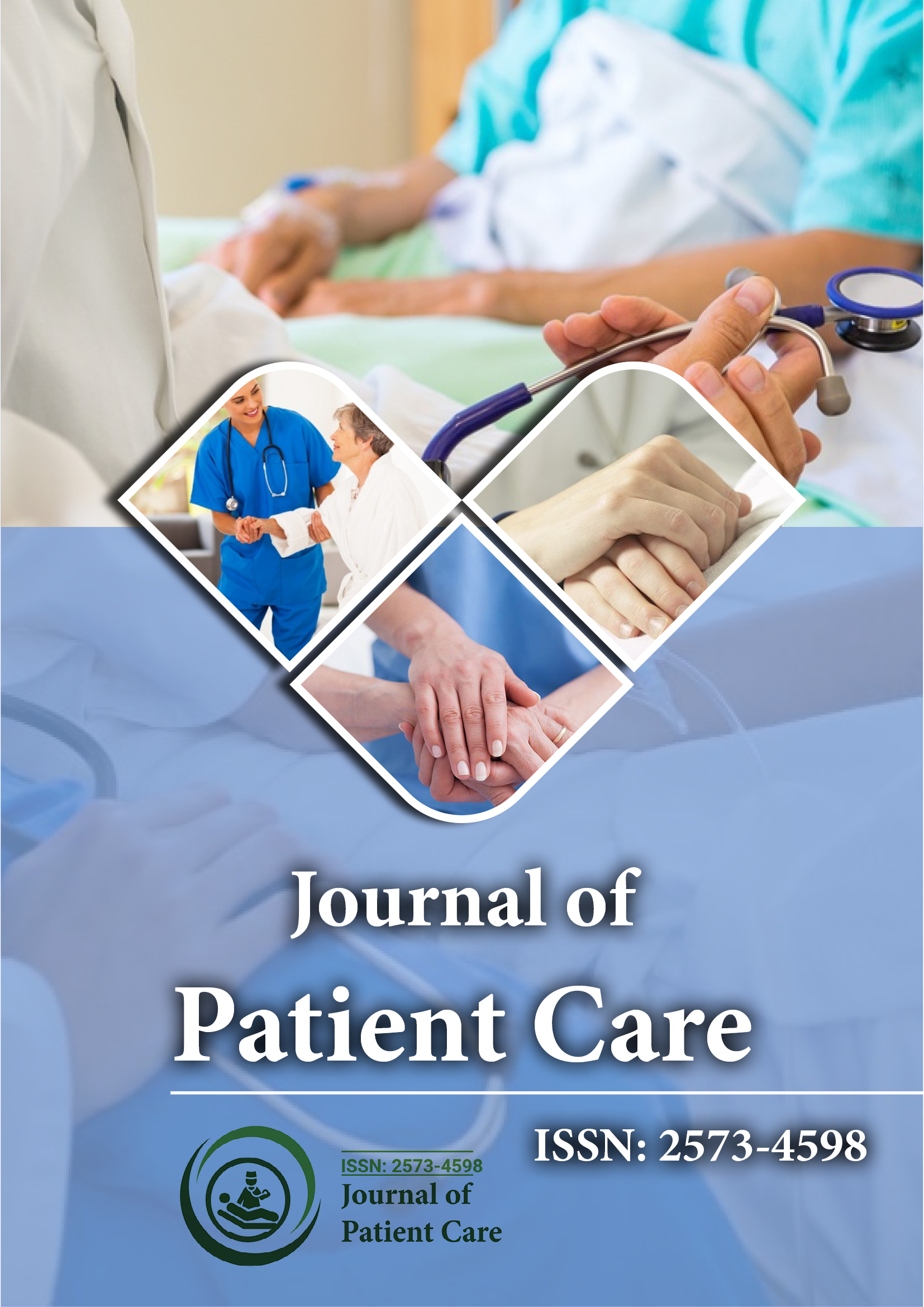インデックス付き
- レフシーク
- ハムダード大学
- エブスコ アリゾナ州
- パブロン
- ジュネーブ医学教育研究財団
- ユーロパブ
- Google スカラー
このページをシェアする
ジャーナルチラシ

概要
小児集中治療室における市中肺炎の管理に関する臨床監査
モハメド・ダヒ、アスマー・ハメド・ショリエット、エマン・アーメド・アブデル=ラウフ・アスカル
はじめに:小児呼吸器疾患は、発展途上国と先進国の両方で、罹患率の重要な原因となっています。市中肺炎 (CAP) とは、病院外で感染した複数の微生物によって引き起こされる肺の感染症で、肺組織の炎症を引き起こします。通常、発熱や咳や頻呼吸などの呼吸器症状を伴いますが、幼児の場合、症状は非特異的である可能性があります。レントゲン写真の変化は、診断を確認するのに役立つ場合があります。市中肺炎は、世界中の、特に発展途上国の小児の重要な死亡原因であり続けています。
患者と方法2016年1月1日から12月31日までの期間に小児集中治療室(PICU)に入院した小児における市中肺炎(CAP)の管理に関する臨床監査。2011年8月に小児感染症学会と米国感染症学会が推奨した乳幼児の市中肺炎(CAP)のガイドラインに準拠。
結果:私たちの研究は、2016年1月1日から12月31日までの期間にアスーツ大学小児病院の小児集中治療室(PICU)に入院した市中肺炎の小児を対象に実施されました。私たちの研究には60例が含まれ、そのうち36例(60%)と24例(40%)でした。年齢は3か月から17歳まででした。 60例中55例(91.7%)は発熱の既往があり、45例(75%)は咳の既往があった。肺炎の小児における呼吸窮迫の基準に関するWHOガイドラインによると、呼吸窮迫の最も一般的な徴候は、室内空気でのパルスオキシメトリー測定値が90%未満であり、52例(86.7%)に該当し、次いで頻呼吸が44例(73.3%)、精神状態の変化が35例(58.3%)、胸郭陥凹が25例(41.7%)、うめき声が23例(38.3%)、呼吸困難が18例(30%)であった。無呼吸は15例(25%)であったが、鼻翼状呼吸を呈した症例はなかった。